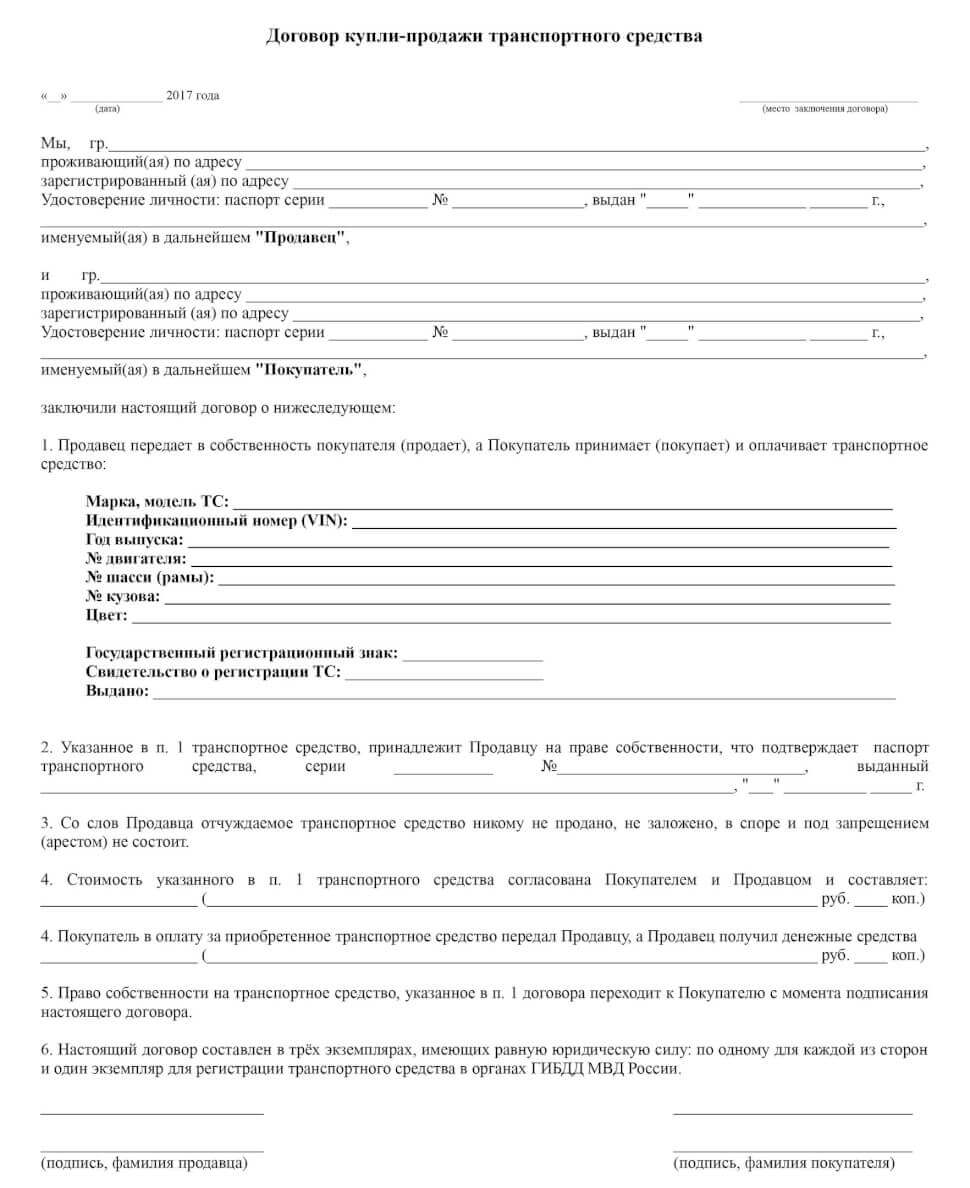
How to polish a car
While we all crave the feel of a new car, most of us dream of a "new car paint job" without any dents or scratches to speak of. Luckily, there is a faster solution that doesn't require you to haul your car to a garage or break the bank. Polishing your car can reduce and even eliminate the appearance of scratches on the paint, as well as make the entire surface much smoother.
Automotive polish is used to enhance the finish and paint of a car, and can be easily done at home with a bit of elbow work. Here's how to polish a car:
How to polish your car
Gather the right materials – To polish the car you will need: a polish of your choice (read more about choosing polishes below), a soft cloth, an orbital buffer (optional).
Decide if you want to buffer - It is not necessary to use an orbital buffer to apply the polish. In fact, you can just hand polish your car using a soft cloth. Here is an overview of the pros and cons of both options:
Functions: If you decide to use an orbital buffer, it's wise to keep a soft cloth handy in case you need to polish a smaller nook or crevice.
A warning: Due to the risk of scratches, you may want to use the slowest setting available for your buffer to avoid scratches and prevent too much trim or paint from being removed from the car.
Choose a polish for your car There is a wide variety of car polishes available at most major stores, auto shops and online. Some polishes are designed to solve various problems you may have with your finish, so read labels carefully.
Functions: If you want to reduce swirling and light fading, try Einszett Car Polish.
Functions: If you only want to remove small scratches, dents and imperfections, try a strong car polish like Nu Finish Liquid Car Polish.
Wash your car thoroughly - Thoroughly wash the outside of the car to ensure safe application of the polish. If there is any dirt or debris left on your car prior to the polishing process, it can rub into the finish and potentially leave deep scratches.
Functions: Make sure your car is 100% dry before polishing. Depending on the climate and humidity, it is recommended to wait at least half an hour after washing before applying the polish.
Apply car polish - Apply automotive polish to either an orbital buffer pad or a soft cloth and begin rubbing the product onto the car floor in a circular motion. If you're polishing the entire car, remember to work slowly, one section at a time, and use enough polishing paste to prevent the cloth or lining from drying out.
Apply more pressure - You need to press hard on the scratched areas of the car and gradually reduce the pressure as you move away from the scratched area. This will help the polish blend into the rest of your finish.
Functions: If you are using an orbital buffer, start rubbing the polish into the car for a few seconds before turning on the buffer. This will prevent any splashing that might otherwise occur.
Rub the polish into the finish until it is completely gone. - Continue rubbing and polishing the car in a circular motion until the polish is gone. If you are polishing the entire car, complete one area completely until the polish is gone before moving on to the next parts. By completely removing the polish, you prevent it from drying out on your car's finish and leaving a dirty look.
Attention: Be sure to leave your car in a safe place for an hour after you've finished polishing to make sure everything is completely dry.
By following these five steps, you are done polishing your car! Depending on the strength of the polish you used, you won't need to polish your car again for at least another couple of months. Now you can enjoy your new ride and your car will look like new! If you need help at any point, don't hesitate to call a mechanic for help!
